Customized Diabetic Footwear
85% OF AMPUTATIONS CAN BE PREVENTED
Topics covered on this page are –
- Why and how diabetic shoes/footwear helps
- Customised insoles/shoes/footwear (for diabetics with no wound/ulcer/infection)
- Specialized shoes/footwear (post-surgical, for diabetics with wound/ulcer/infection)
- Alternative for customized insoles shoes
Why do we need diabetic footwear shoes?
Research has repeatedly shown that customized specialized diabetic footwear and other foot care measures can prevent 85% of foot amputations. So, special footwear is the best investment, to avoid any diabetic foot problems like infection, wound, or amputation.
SAVE FEET SAVE LIFE
How specialized customized shoes/footwear help in diabetes?
Most foot problems in diabetes start because of high-pressure points in certain areas of the foot. Specialized customized diabetic footwear distributes the pressure on the foot evenly across the whole foot, thereby reducing pressure and protects the foot from any pressure or injuries.
Please note that diabetic footwear is to be used strictly under the supervision of an experienced diabetic foot specialist.
We provide all special diabetic shoes that include-
Customised insoles
This is by far the gold standard in Diabetic footwear. If you are diabetic but don’t have foot problems yet, these are best for you. The beauty of this method is that, this insole can be fitted into any appropriate footwear of your choice.
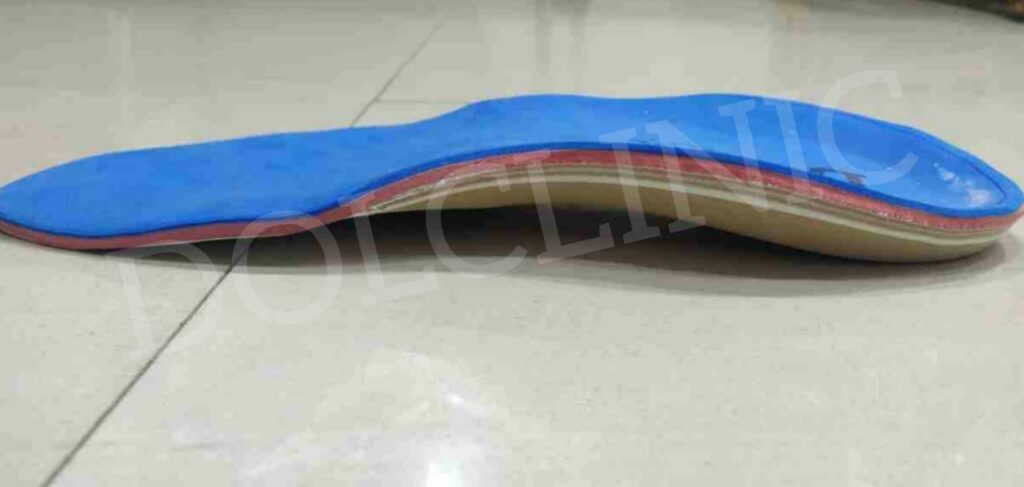
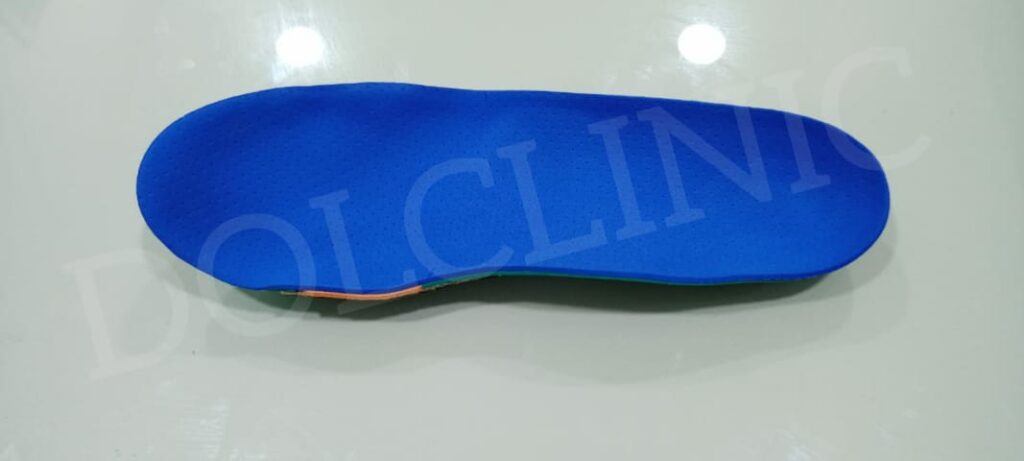
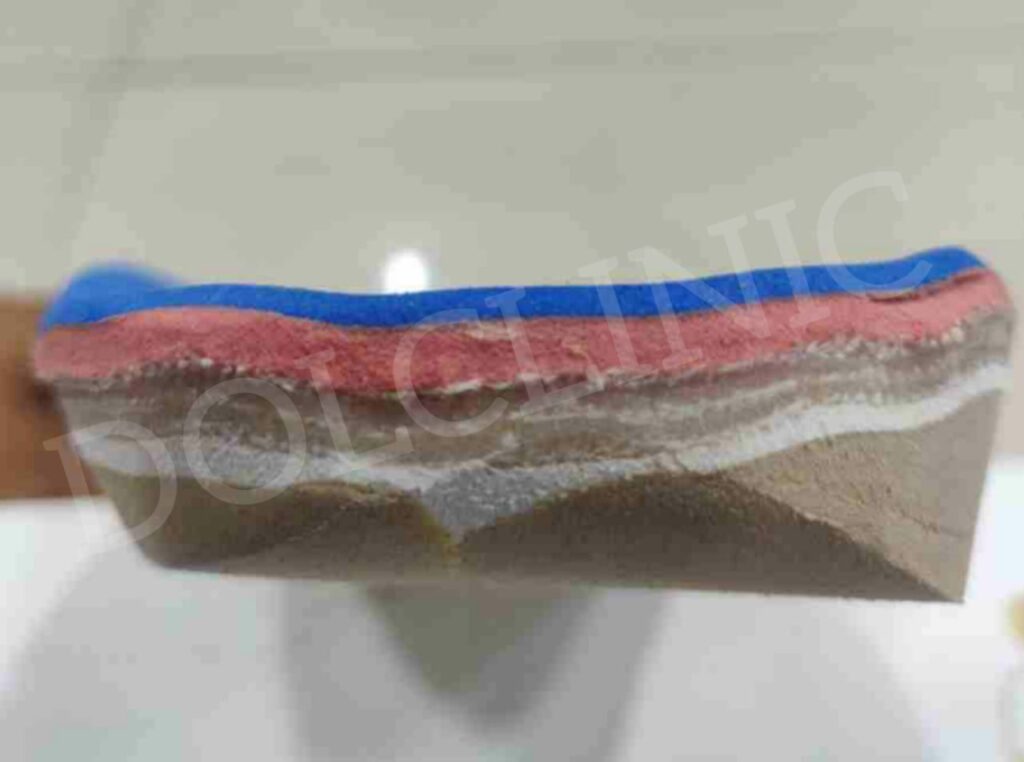
How do we take Measurement of foot and make insole
We use both manual and method and scanners to give best results. We record the shape of your foot by different methods like sponge mould, scan, and special mat
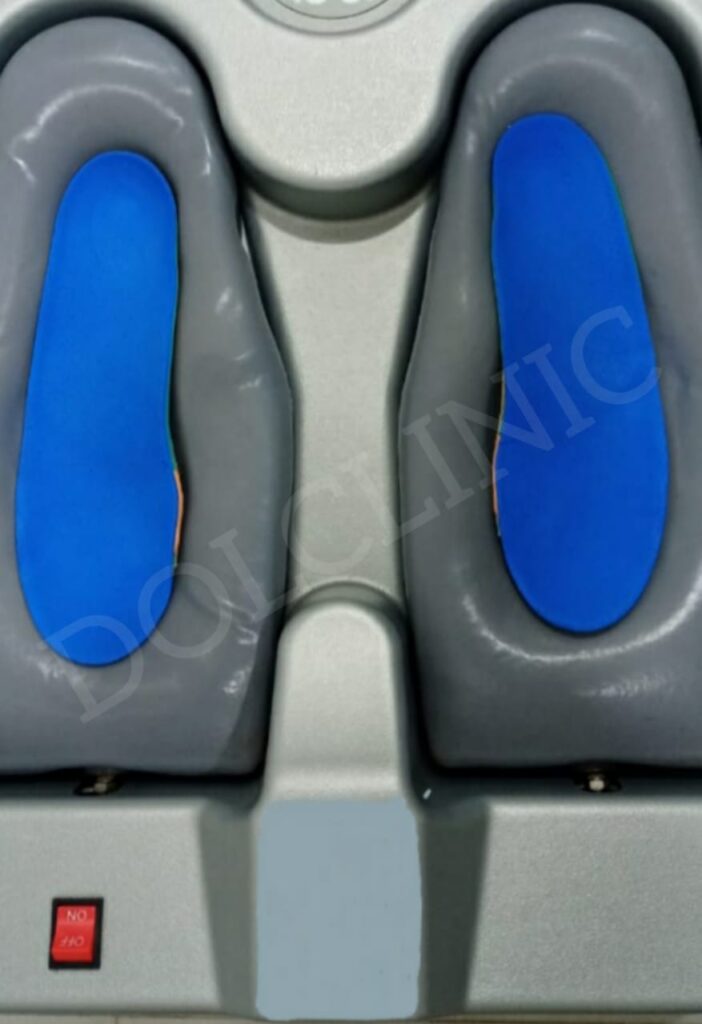
We measure the shape of the foot and prepare the insole that fits your feet only. Here are some of the things that are taken into consideration –
- Shape and size of foot,
- Arches of the foot,
- Pressure point
- Tilt at heel
- Dynamic status
Appropriate layers of imported material is used. Necessary are then made to heel, arch, etc.
This customized insole can be put in your shoes.
Tips
- Buy a sports shoe of your choice. There is no need to buy branded expensive shoes. Velcro is handier to use rather than laces.
- It should be 1 size bigger than your foot, i.e. if your foot is size 7, buy a shoe with size 8.
- Bring this shoe to us, so that we can fit the insole into it
- Definitely avoid, slippers (Hawai chappal)
- It is advisable to change the insole every 6-12 months. after a review with an experienced diabetic foot specialist.
Post Surgical shoes footwear
These are for patients undergoing surgery. They are used only till the wound heals. This could be 1-2 months, sometimes. Later, this can be replaced by specialized/customized shoes mentioned above.
Front wedged shoes – useful for surgery or wounds on the front of the foot. The pressure on the front of the foot is offloaded and it helps in healing of the wound
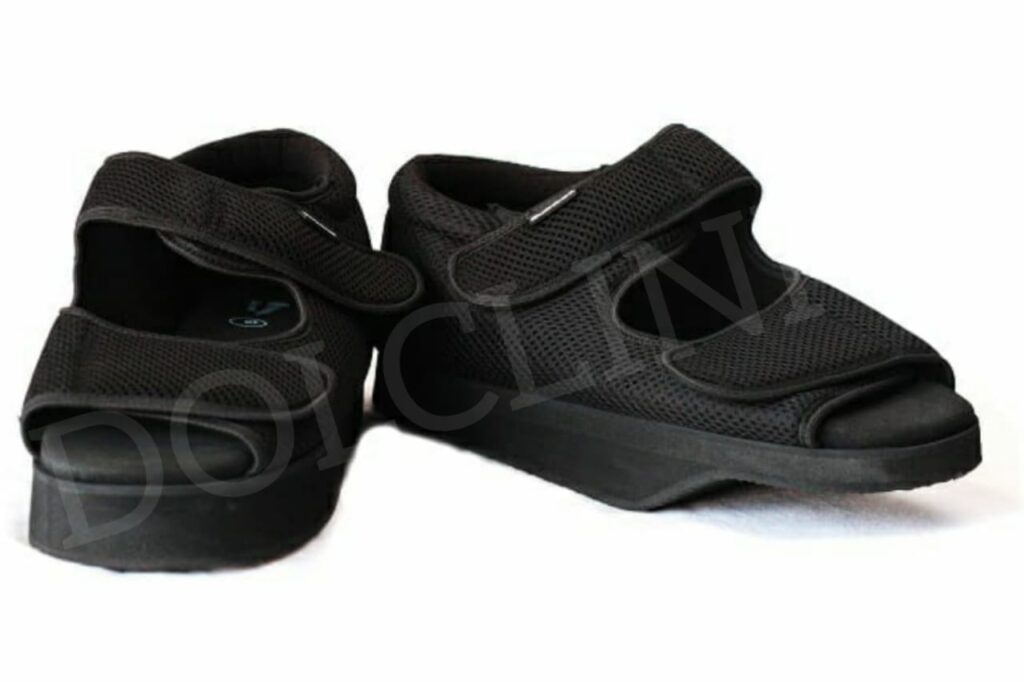
Heel wedged shoes– Useful for wounds on the heel
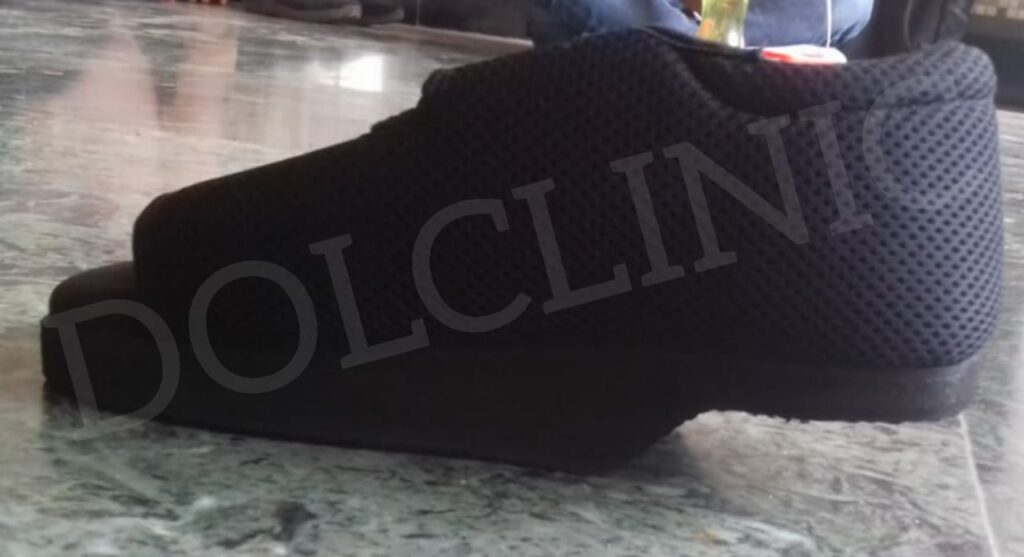
Mid-wedged shoes– For wounds and operations on the middle of the foot. Here the mid part is wedged so that pressure doesn’t fall as much on mid part.
AIR CAST SHOES– Useful in conditions like Charcot’s foot or ankle problems. They provide following advantages
- Provide air cushion for pressure distribution, so that ulcers don’t form
- Stabilize ankle joint, reducing the movement there, giving rest, and enhance healing
- Though robust, they are light and hence easy to walk with them
Artificial limbs – For those who had amputations, below the knee or above the knee, these can make people walk again. Usually, they are applied 3 months after surgery. They come at all ranges and prices. Usually, for post diabetic amputations, the most basic one does a good job. One of the important parts is the liner and socket which provide a smooth but tight interface between the leg and the artificial limb.
Alternative to customized shoes
ORDINARY SPORTS SHOES – Those who do not have access to customized shoes or can’t afford specialized shoes and have otherwise normal feet can use ordinary sports shoes. A few things about sport shoes
(1) Non branded are probably as good
(2) Get one size bigger
(3) It is important that the shoes are covering the feet from all the sides and are soft at the insole
(4) Having velcro instead of laces can help
(5) Change shoes often, say every year.
(6) Buy one pair to use inside the house.
(7) Use cotton socks all the time.
(8) Avoid footwear like sandals, chappal.
(9) Supervision of a diabetic foot specialist is highly advisable
(10) Using appropriate shoes or footwear is the safest and cheapest investment you can make to save your feet. Once an injury happens, or an infection develops, the treatment is lengthy and expensive
REMEMBER
85% OF AMPUTATIONS CAN BE PREVENTED
Further reading
Investigations in Diabetic foot
Advanced/Modern methods of treatment in diabetic foot
Contact us
call – 7506420648
Address – DOL CLINIC, 105, Soham Plaza, Manpada, Ghodbunder road,Thane
